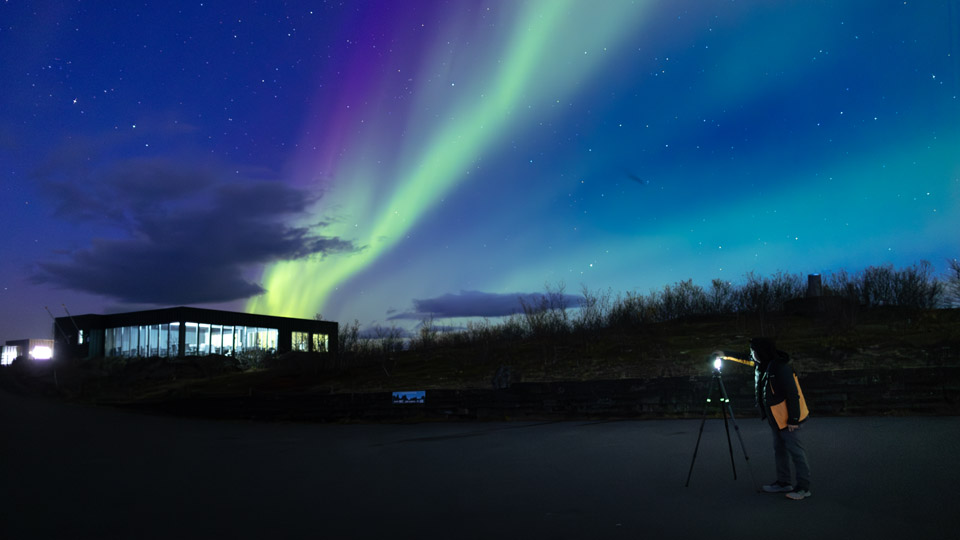

Iceland Photography Trip
Photographing the Aurora borealis had been a distant dream of mine. Im located in Cambodia and certainly not getting a western wage. Northern countries are some distance and fairly pricey to visit.
The aurora has a 11/12 year cycle, peaking around 2024-26. I had a trip planned to the UK around this time. Earlier 2025 I acquired a Canon 24mm 1.4 for my workshops here in Cambodia, one of the better lenses for photographing the Aurora. By chance, fellow photographer, James Mills asked me if I had any photography trips planned during my trip to the UK. From there a plan was formed, ten days in Iceland, late September into October, prior to high season here in Cambodia. Diring our time frame, the sun sets in Iceland at a reasonable time, optimising any chances of seeng the northern lights.
-
Expectations
I had spoken to many people both on line and on my photography workshops who had been to Iceland and never seen the northern lights. With this in mind and a probable extensive cloud cover, expectations were low. However, with all things photography wise, you need a bit of luck and it’s not going to happen sitting at home. With James, I was in the right company to make the effort to get out there, increasing our chances of luck. Our efforts were rewarded with several nights of clear skys.
-
Approach – transport / accommodation.
After investigating camper van hire, and the (high) costs of such a trip we settled for a hire car and air bnb / guesthouse accommodation. This worked well. All accommodation had kitchens, so we were able to cook out own food, a huge saving compared to restaurant prices. Many people suggested, we book accommodation ahead of time. In hind sight, it may have been better booking a day or two ahead as, to shoot the aurora, your looking for clear skies which should dictate where you stay.
-
Clothing
Reading an Iceland subreddit many seem to get carried away with clothing, suggesting marino base layers, top of the range stuff and some suggesting two over coats! I’ve had many years winter fishing experience out on the Norfolk Broads, therefore knowledge of what to wear in cold windy conditions. Top priority would be an outer wind / waterproof layer. I used my $10 Vietnamese waterproof jacket purchased on my Ha Giang trip along with some old Berghaus over trousers from my walking days. These done the job. As we were planning on being out at night, I took along a down jacket, which I had picked up on my Ladakh adventure. Add a fleece / base layer, good walking boots, gloves and importantly a hat, you are good to go!
-
Heres a rundown on our itinerary.
Day 1: Reykjavik to Vik
After landing at Keflavik Airport from different locations in the UK, we headed south to see some of the iconic sights, location Vik. The journey late afternoon offered several photographic opportunities. I guess we were like a kid in a candy store!
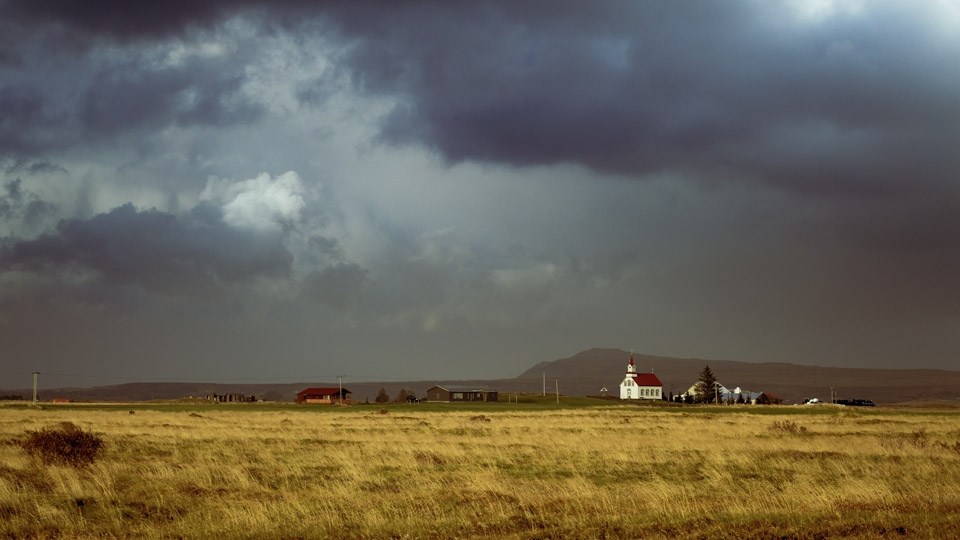
Day 2: Vik
There are several iconic locations around Reynisfjara Beach area. The lighting here and I expect many places approaching the arctic circle, is insane. In tropics we get a 10min golden hour. To see sun at low angles all day giving crazy good light was madness. Our first introduction to Icelands infamous digital parking scheme wasn’t without issue. Every stop seems to be a cash machine for those in control.
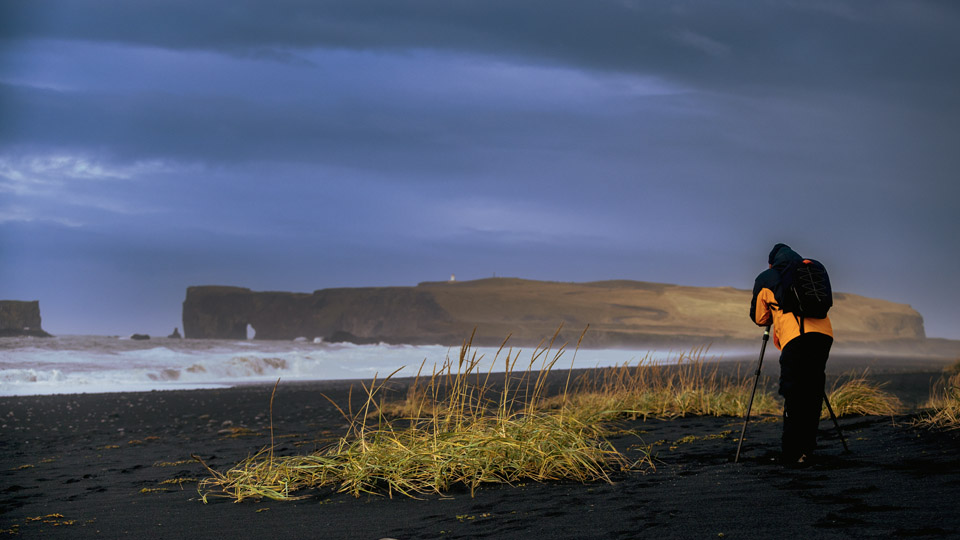
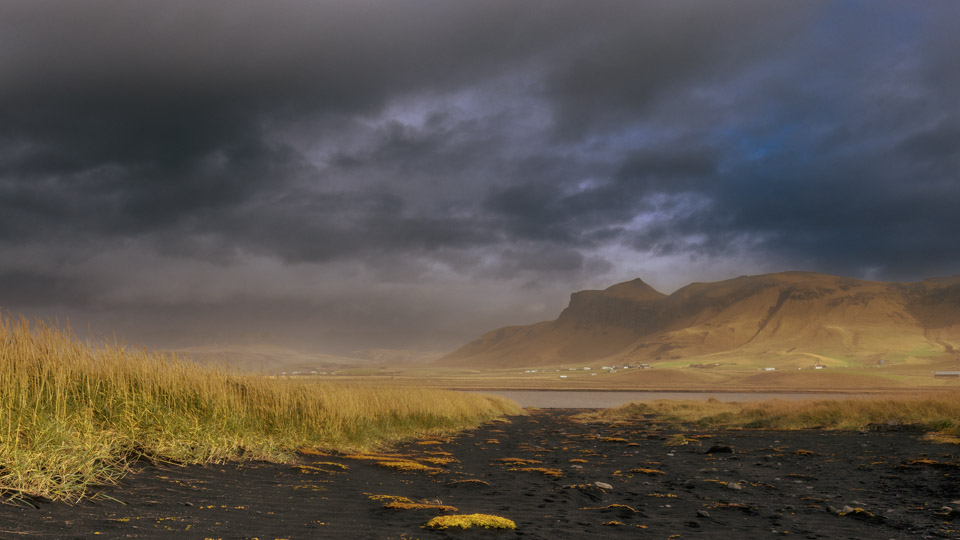
Day 3: Vik
We had decided to stay a few days in this area with the intention of visiting the Solheimasandur Plane Wreck. Unfortunately the weather was not in our favour. A yellow weather warning on our third day bringing insane strong winds. We manages to get out for some early morning light. The whole day was windy with many storms blowing through and occasional good light. It was one of those days you had to make the most of any opportunity.
Vik and surrounding area has many iconic locations and is a short drive from Reykjavik, thus sees lots of tourists. Parking lots at each location were half full. While the locations are amazing, my preference is to get off the beaten path and explore. It’s a bit like my Angkor photography tours. We take people to see the iconic (and often dissapointing) Angkor sunrise getting that tick box shot for clients, then onto the real deal, beyond the tourist trails.
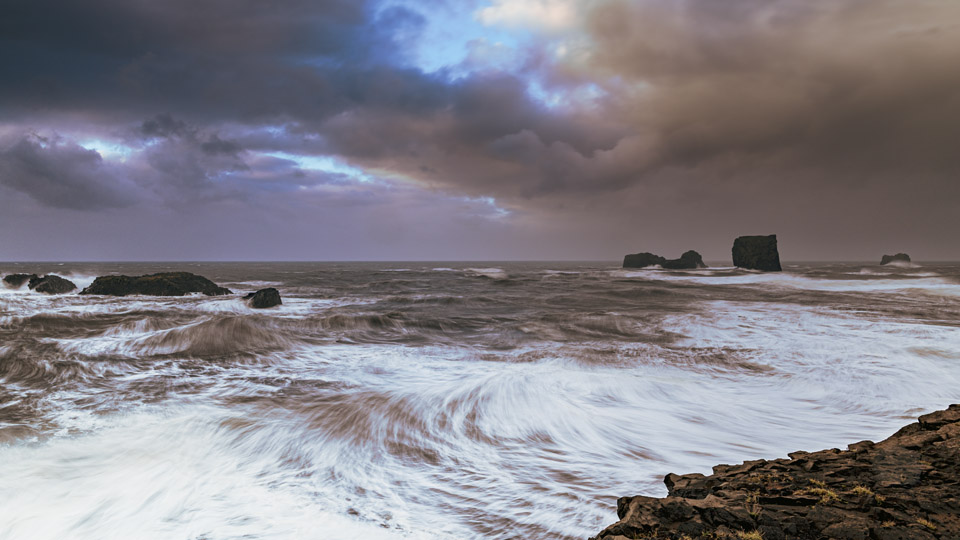
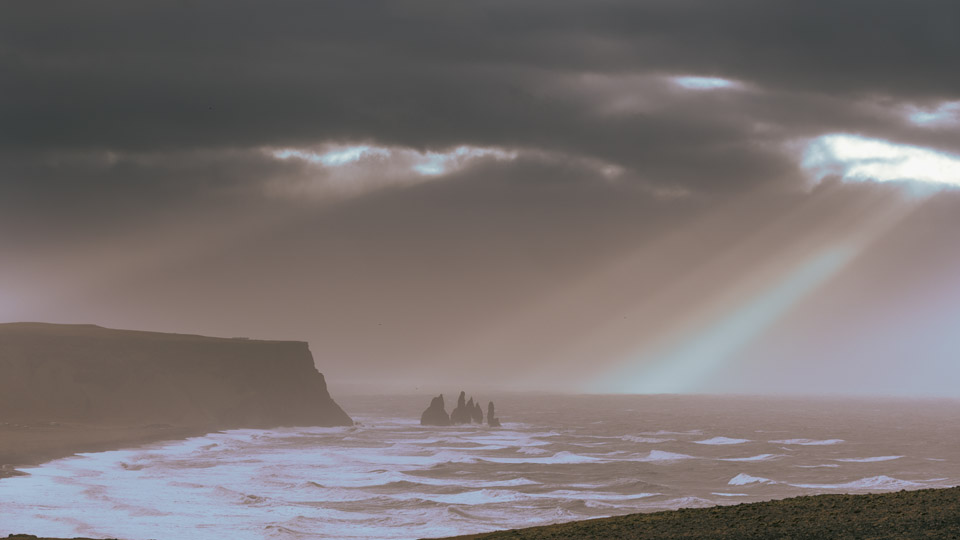
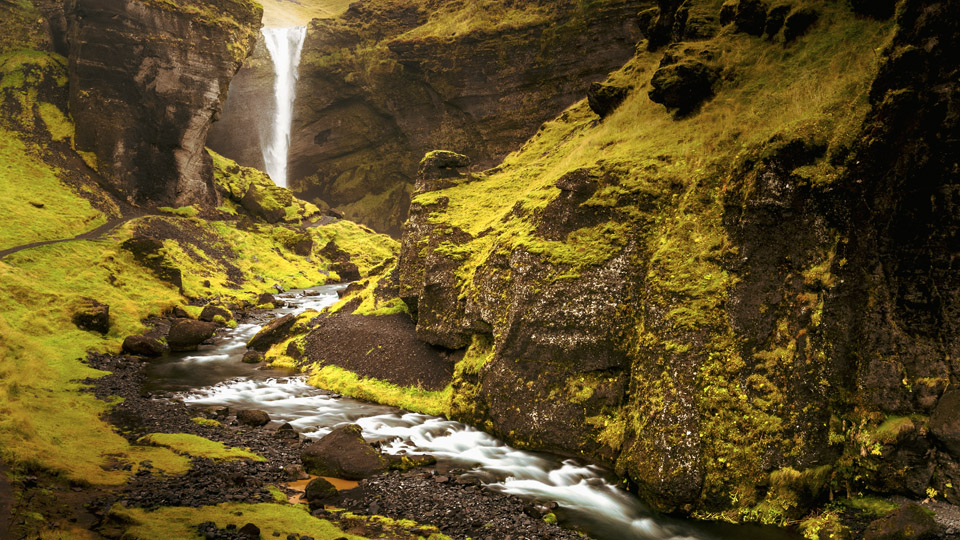
Day 4: Vik to Akureyri
A long drive via Reykjavik to the north. This road offers several photographic locations. It was here that we realised our trip had coincided with stunning autumnal colours. Akureyri proved to be a good base location. There are many opportunities within driving distance, also good supplies, food petrol & beer.
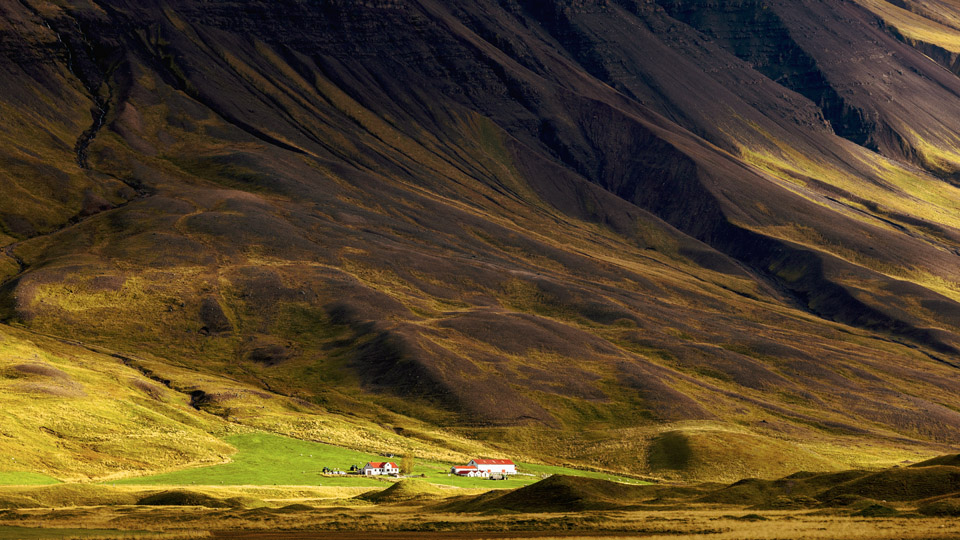
Since we had a long drive during day time, Goðafoss Waterfall, a short distance from Akureyri, was our target location for the evening. It was our first clear sky of the holiday. Here, the aurora magic started to happened. During blue hour I’d taken a photo in all directions to see if the camera picked up any lights. Camera sensors are more sensitive than the human eye and can see things we can not. After a few shots, I’d seen some odd light in the sky, my first aurora! Heres a time-lapse of my first Aurora :).
My first ever Aurura time-lapse!
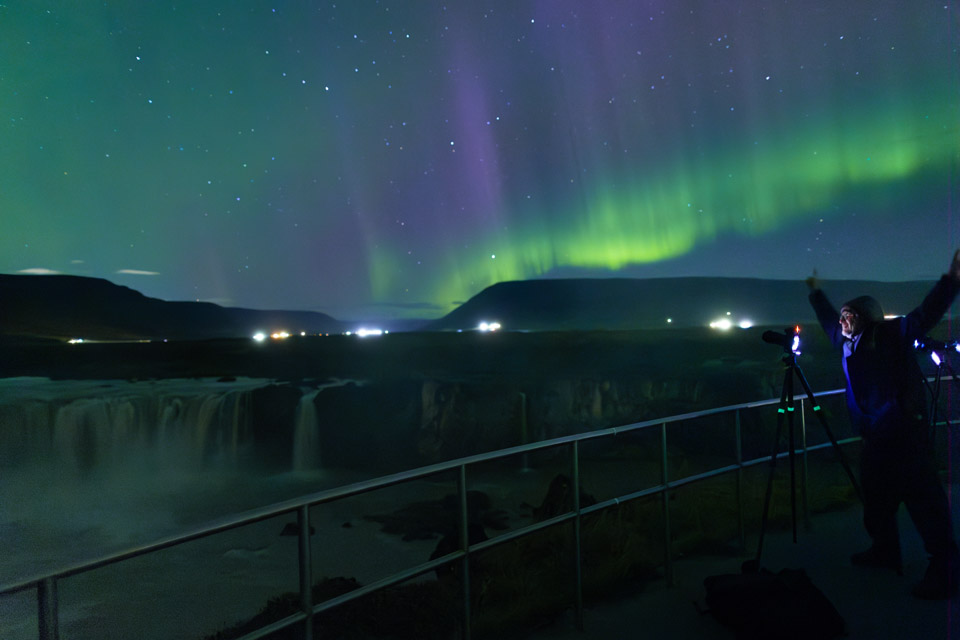
The night continue to produce some great displays. Later, around 10pm we were joined by many i-phone photographers, a lot of Chinese. It was quite a joyous occasion, with many experiencing the aurora for the first time.
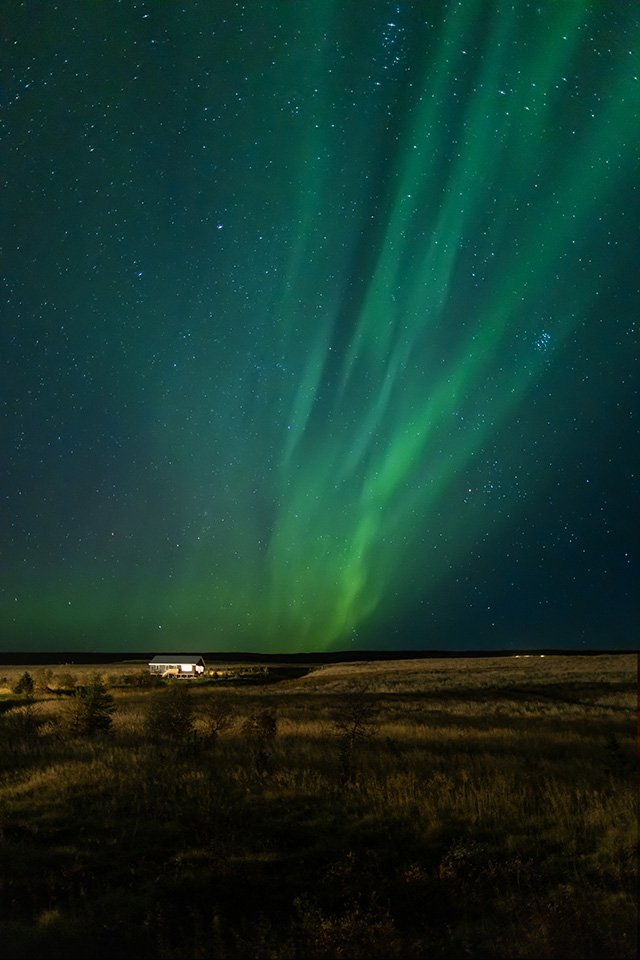
Day 5 & 6: Akureyri
Myvatn lake, a low light pollution area, was out target. Daytime we scouted the area and settled on a reflective spot for the evening shoot. Here, we were troubled less by car head lights. A smaller brigade of Chinese i-phone photographers joined us at around 10pm.
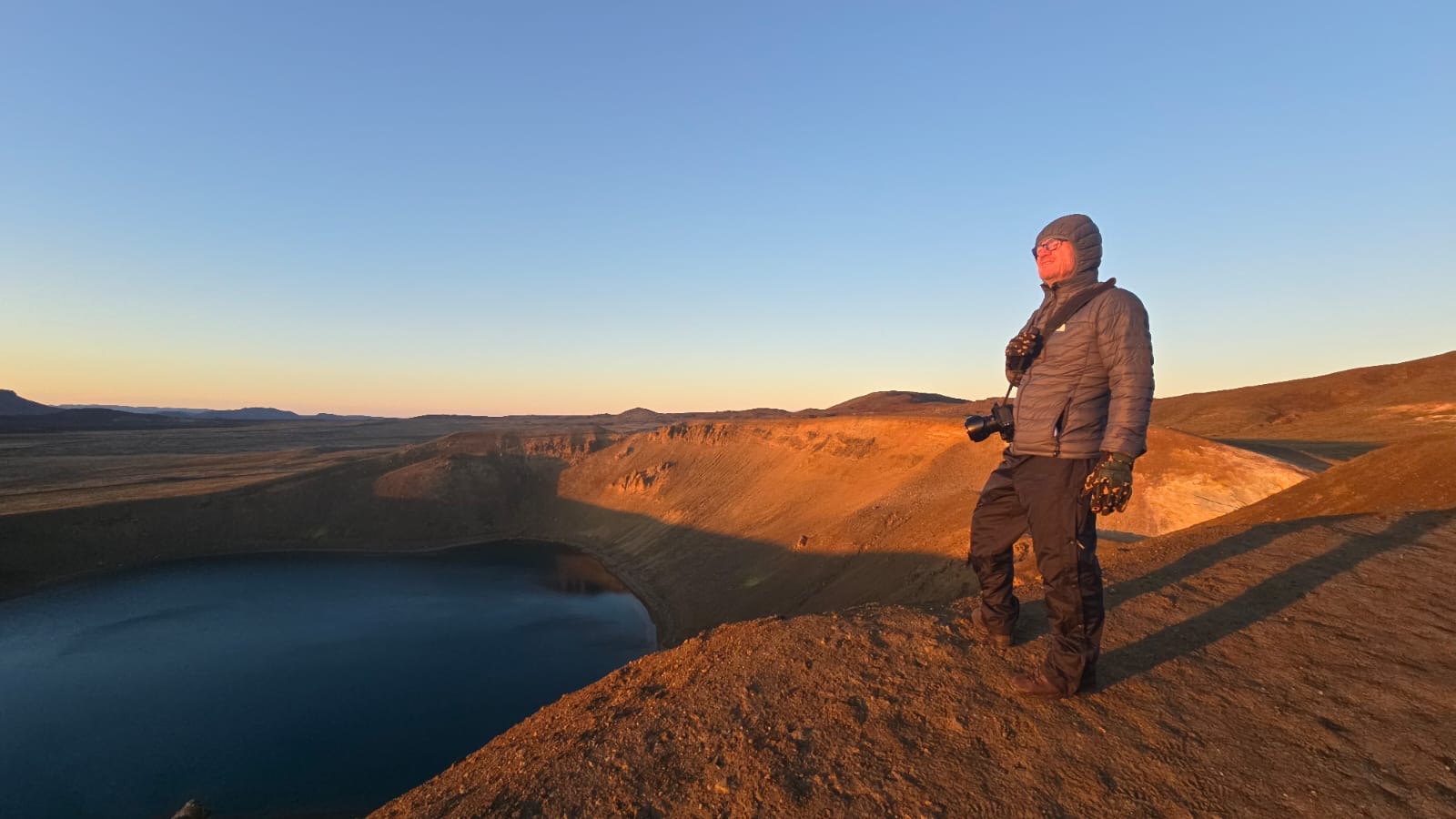
Day 7 & 8: Raufarhofn
A main attraction for us was the Arctic Henge. This modern, unfinished monument stands out in it’s desolate location, an excellent subject for Aurora photography. At the moment this structure is cool. However, building material were there and some power supply boxes installed. If the henge becomes some illuminated monument, I think it will loose it’s charm. Anyone planning on going here, do it asap.
Our first night here was cloudy, a good opportunity for rest, back up memory cards and recharge. On the second day we scouted Raufarhofn peninsular before returning to the arctic Henge in the hope of some clear skies. For us, it was a mixed bag, as the aorura shone through gaps in the clouds. Again, around 10pm we were joined by others, but this time mostly photographers with proper cameras. I guess the remoteness of Raufarhofn deters some of the i-phone crowds.
I enjoyed this area. If I were to return I would want to investigate the NW costal road on this peninsular.
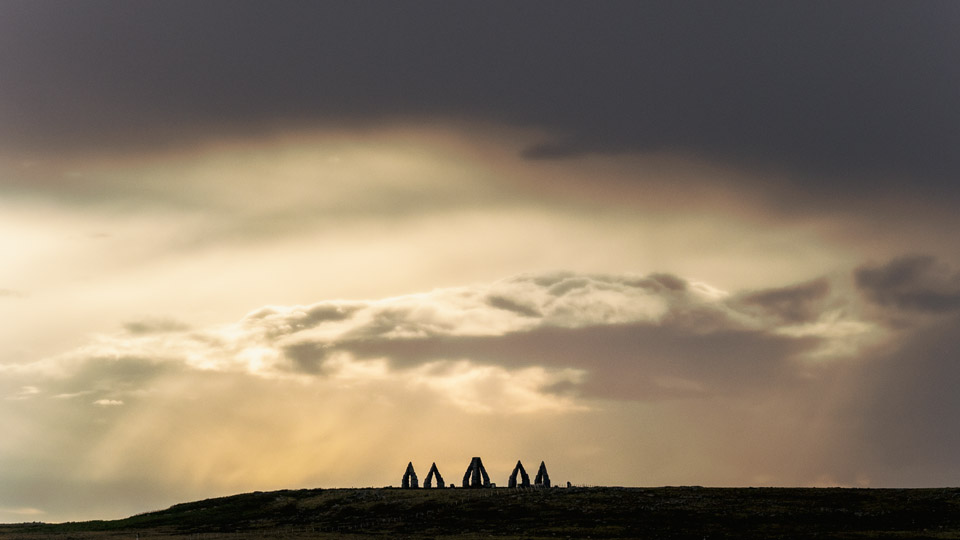
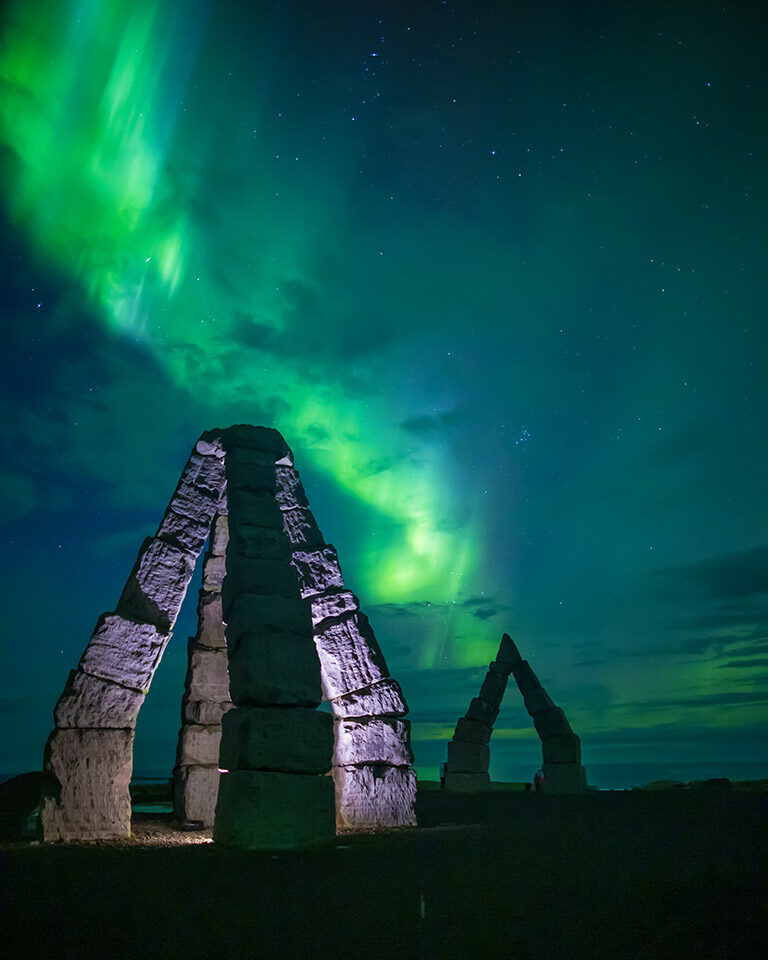
Day 9: Myvatn
We decided to have another crack around Myvatn lake as clear skies were predicted. The vedur.is website was indicating level 4 aurora activity. However, the lights we saw were not as great as previous nights.

Day 10: Reykjavik
An evening of rest prior to out return flights. The Aurora kept on giving. This was taken hand held with my i-phone, how tech is changing.
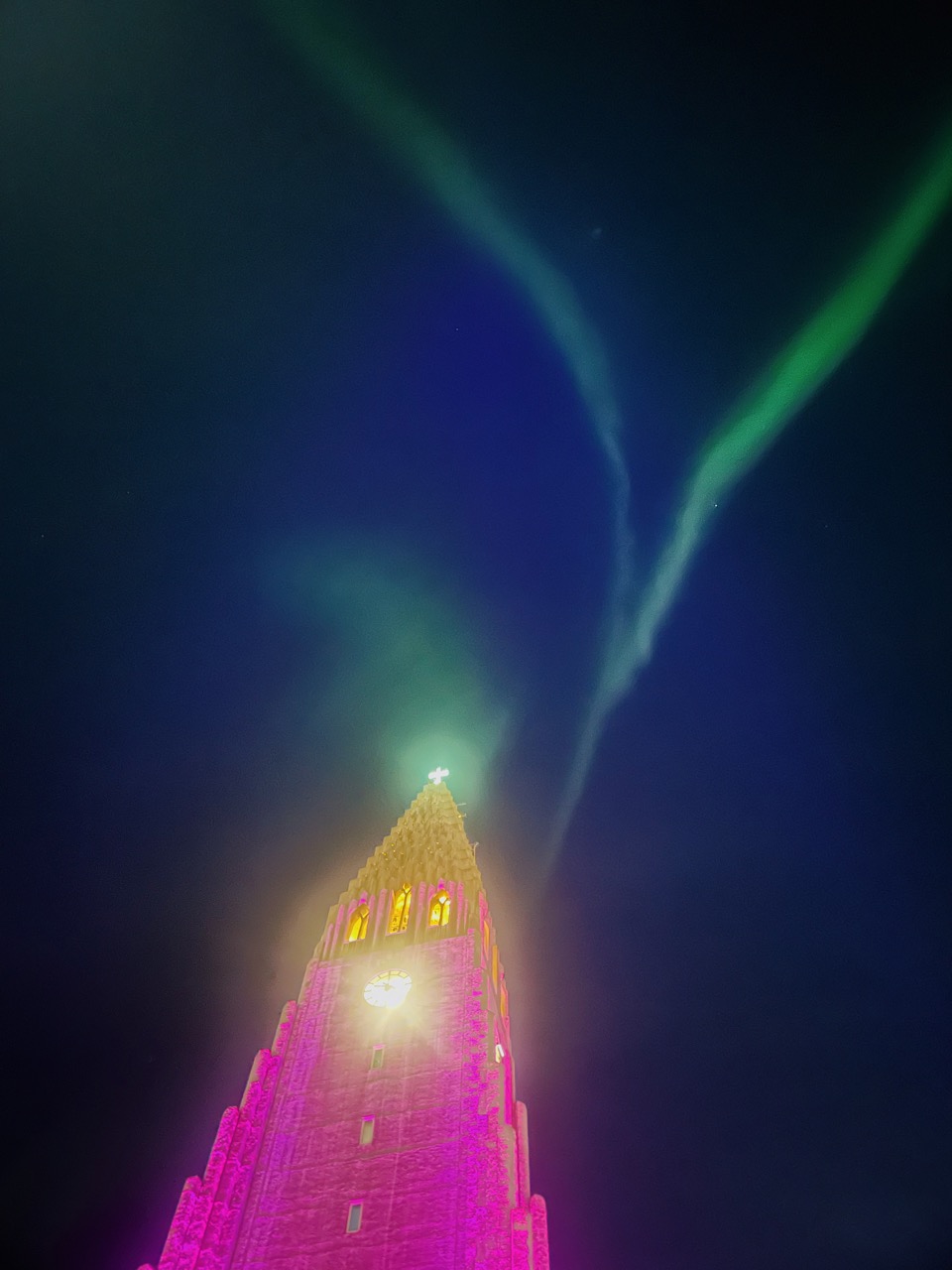
-
Aurora Photography Advice.
Get out there, and do it! Base your location on anticipated clear skies with low light pollution. Check photography apps such as photo pills or planit pro for light pollution maps and many other helpful tools. Aurora warning apps are all well and good, however if you are waiting for local sightings, you will miss that magical blue hour when the aurora colours may pop. To get an idea of cloud cover I used vedur.is. This also has an aurora predictability scale, which changes daily. From our short experience, you can have a great show with only a moderate prediction, and visa versa. We found the cloud cover charts on vedur.is to be fairly accurate.
Photography wise, time-lapse was the order of the day. A high iso, quick shutter and fast lens combination worked well. I mostly shot around iso 6400, 24mm f1.4 and 0.6s shutter. I tried variations around this but usually came back to these settings. The Aorora can be bright, especially when over head, which can result in some over exposure.
Photographing the aurora borealis was new to me. I think the quick shutter speed nailed the light columns. I’ve seen other magically lit skies using a longer exposure. Personally, I could have spent a bit of time illuminating the foreground after shooting a time lapse sequence. However, these things move fast. In times of high activity, when one event finishes another starts, so your working quick to capture the moment. A better approach may be to set your composition and wait for the lights to come to you, but then you may get nothing.
-
Summary
For a first effort, I’m extremely happy that we even saw the northern lights, let alone capture some great Icelandic stuff. If I ever get the chance to go back, I’d probably look for Aurora compositions bigger in scale. on that note, they can come from any direction, so predicting a comp can be problematic. The Artic Henge is ideal as you can shoot in any direction. I see great shots from the central highlands, this are looks fantastic, away from the crowds of those iconic spots with their roped pathways along the south coast. On our trip we were blessed with amazing Autumnal colours. You don’t necessarily need those iconic locations for a great shot, just magic light, which Iceland has in abundance. A week or two after our trip, I’m seeing pictures on line of Iceland snow scenes, which changes things again. Iceland has so much to offer the photographer.
